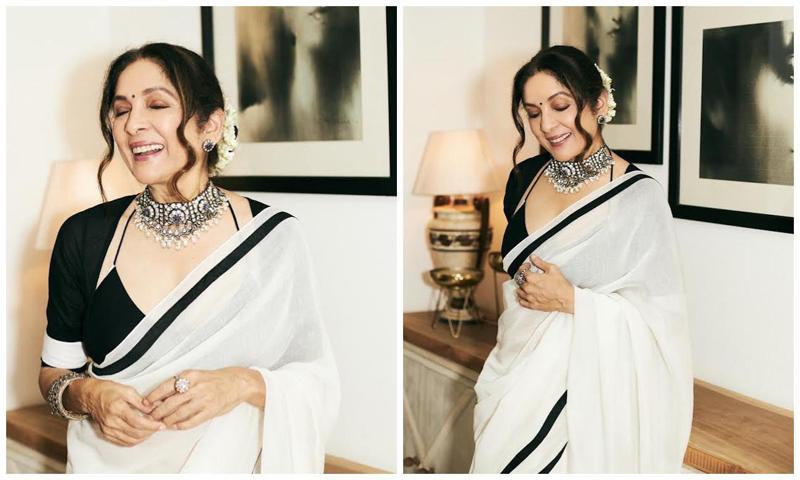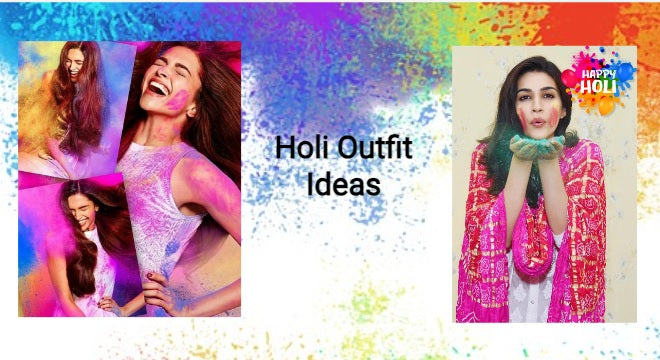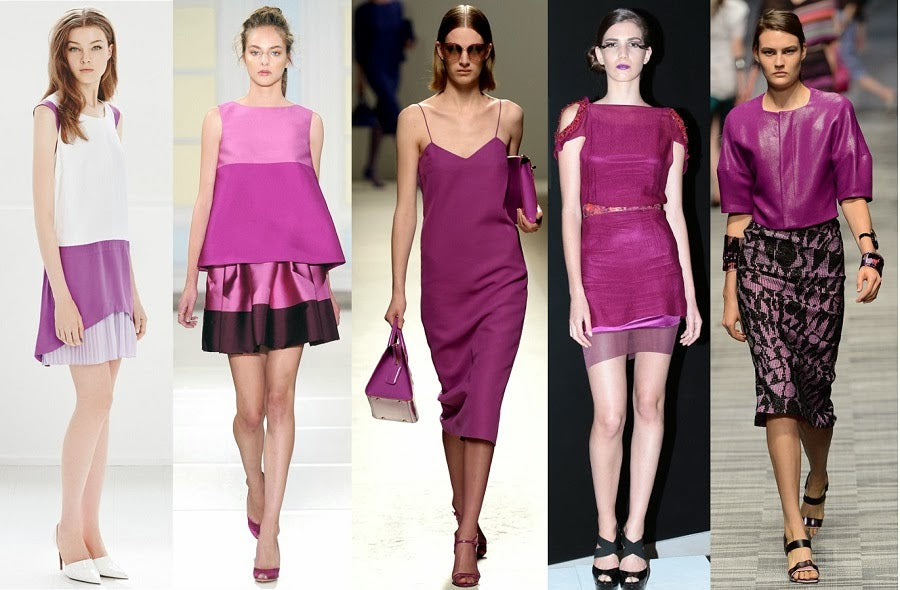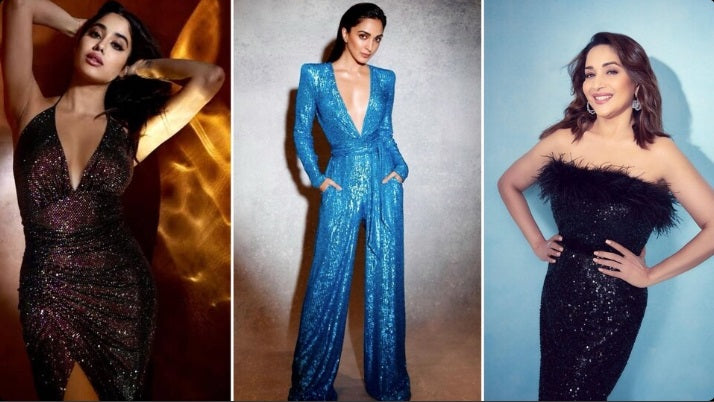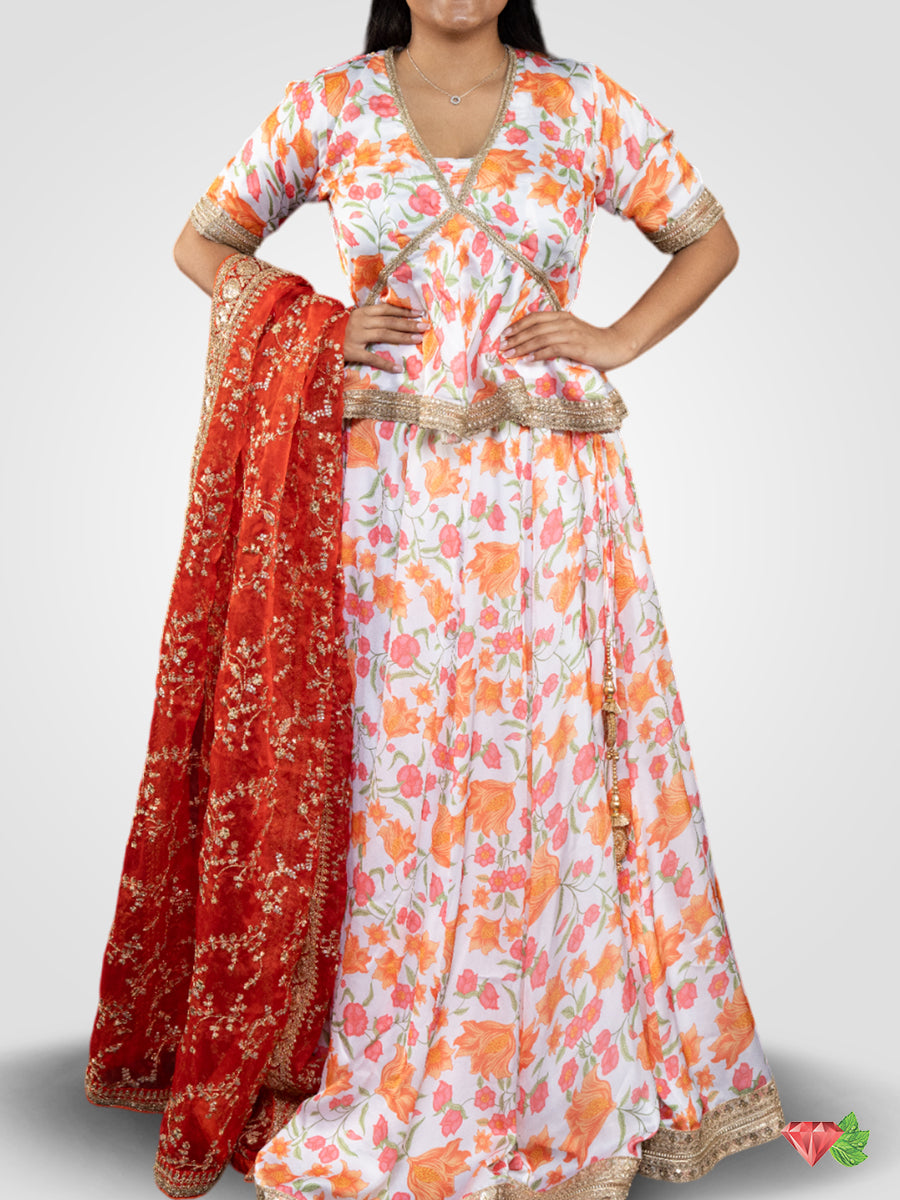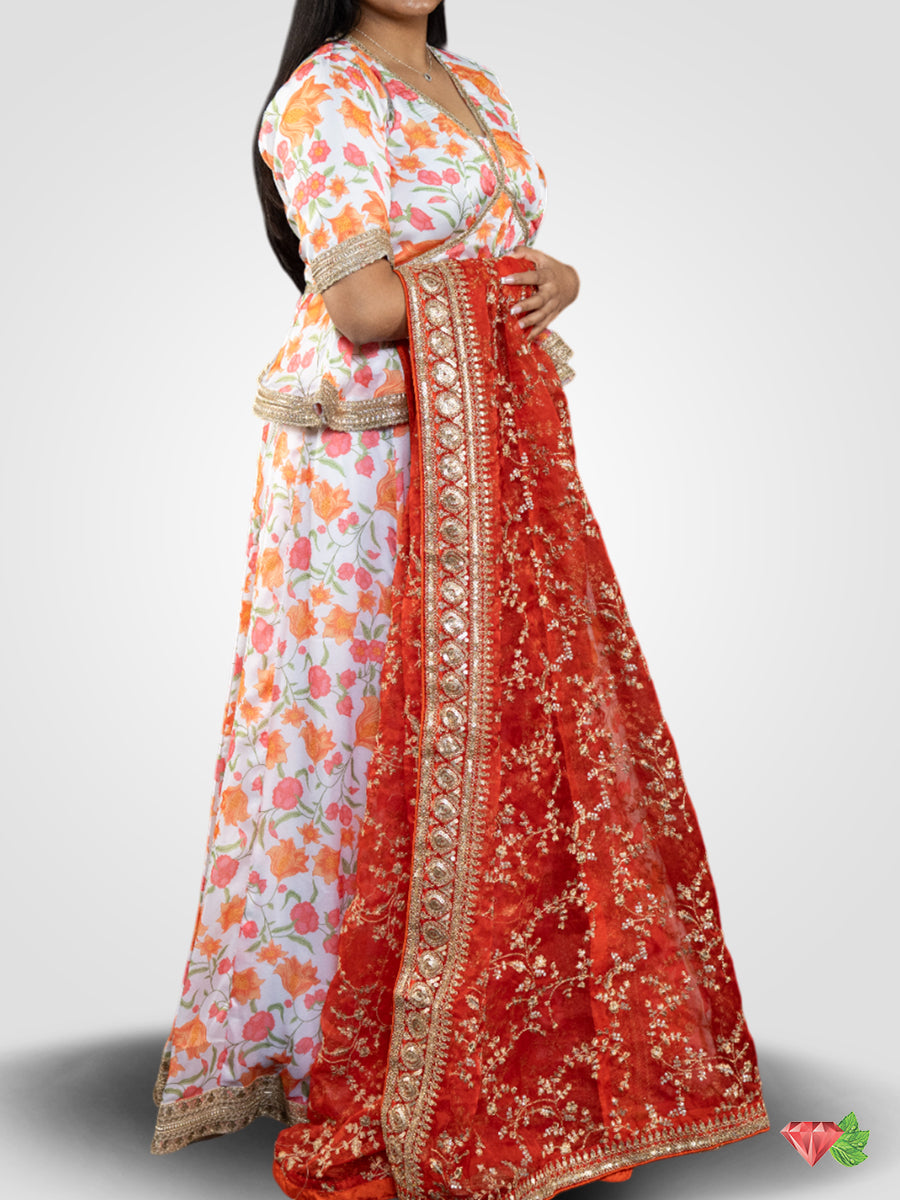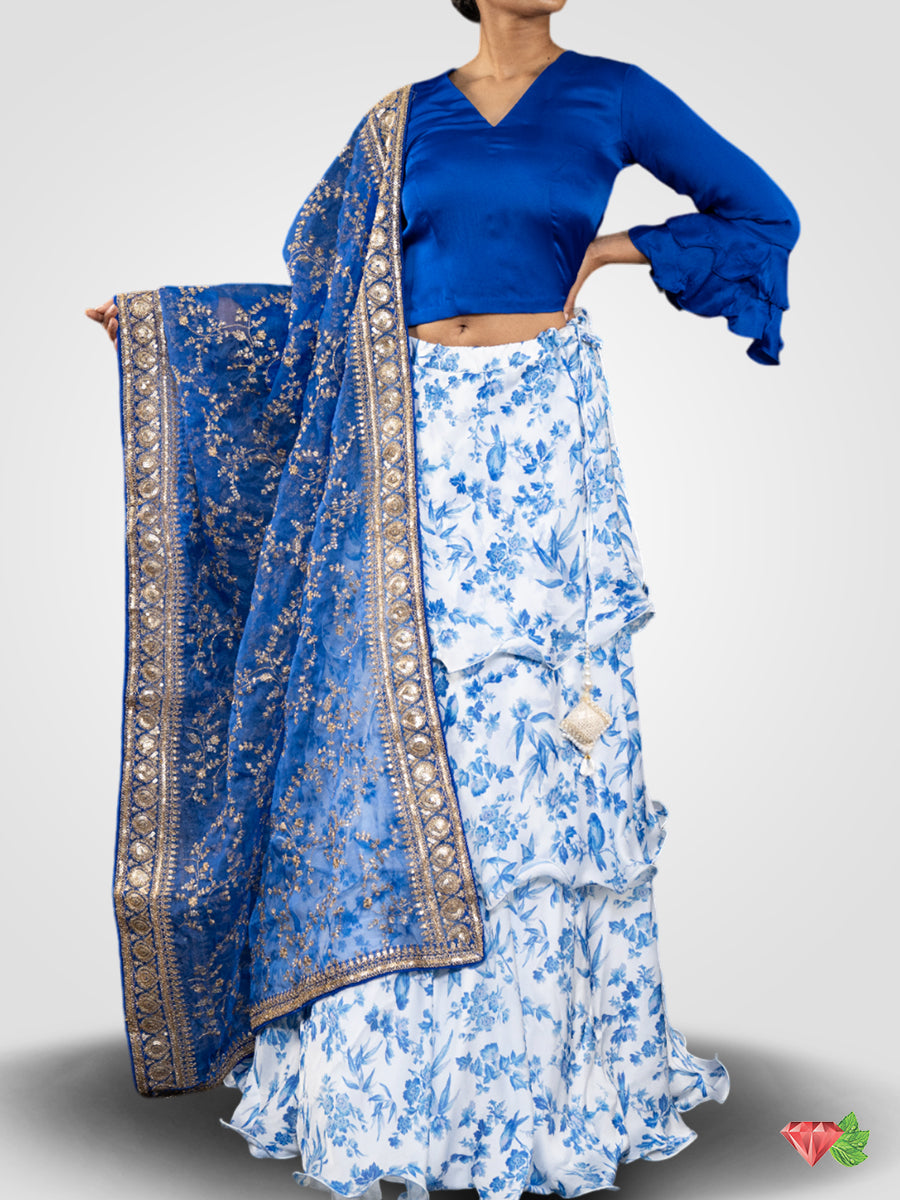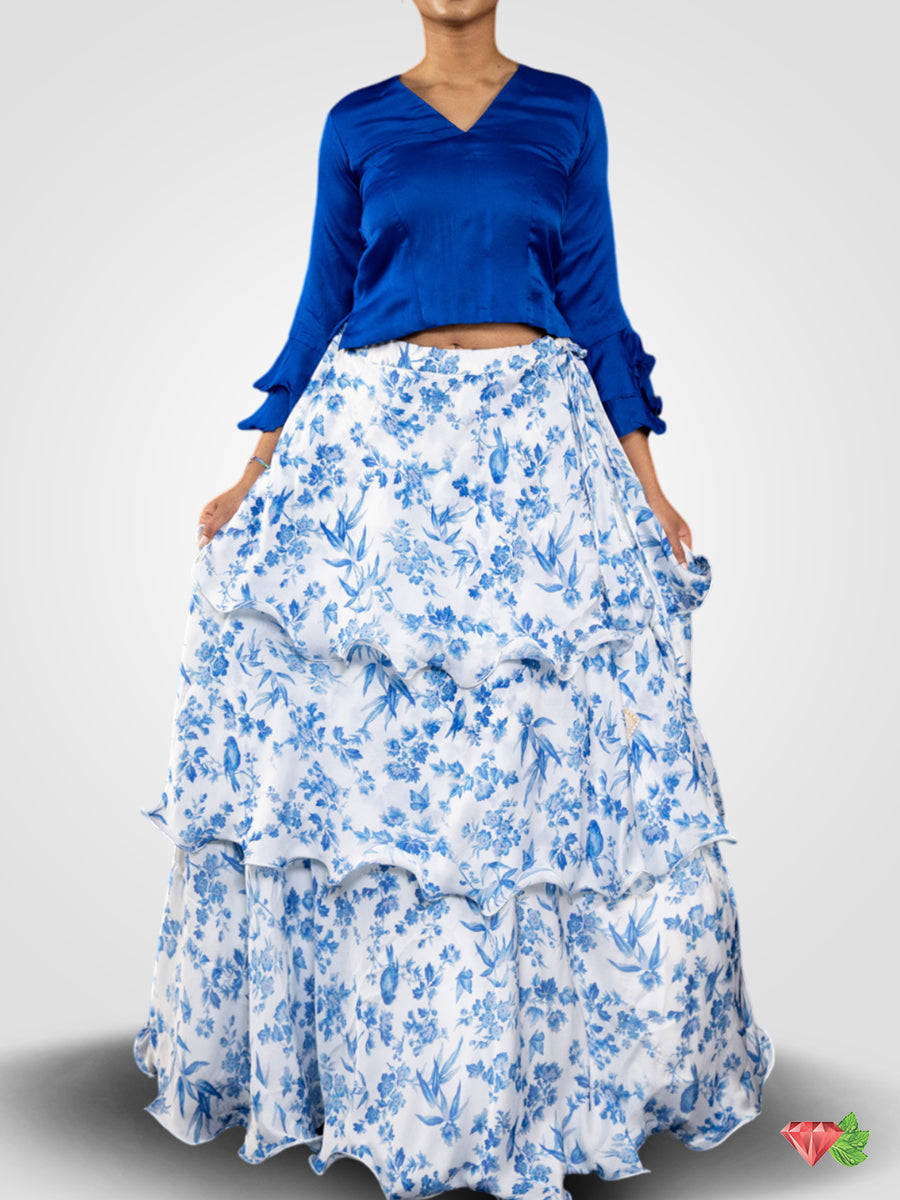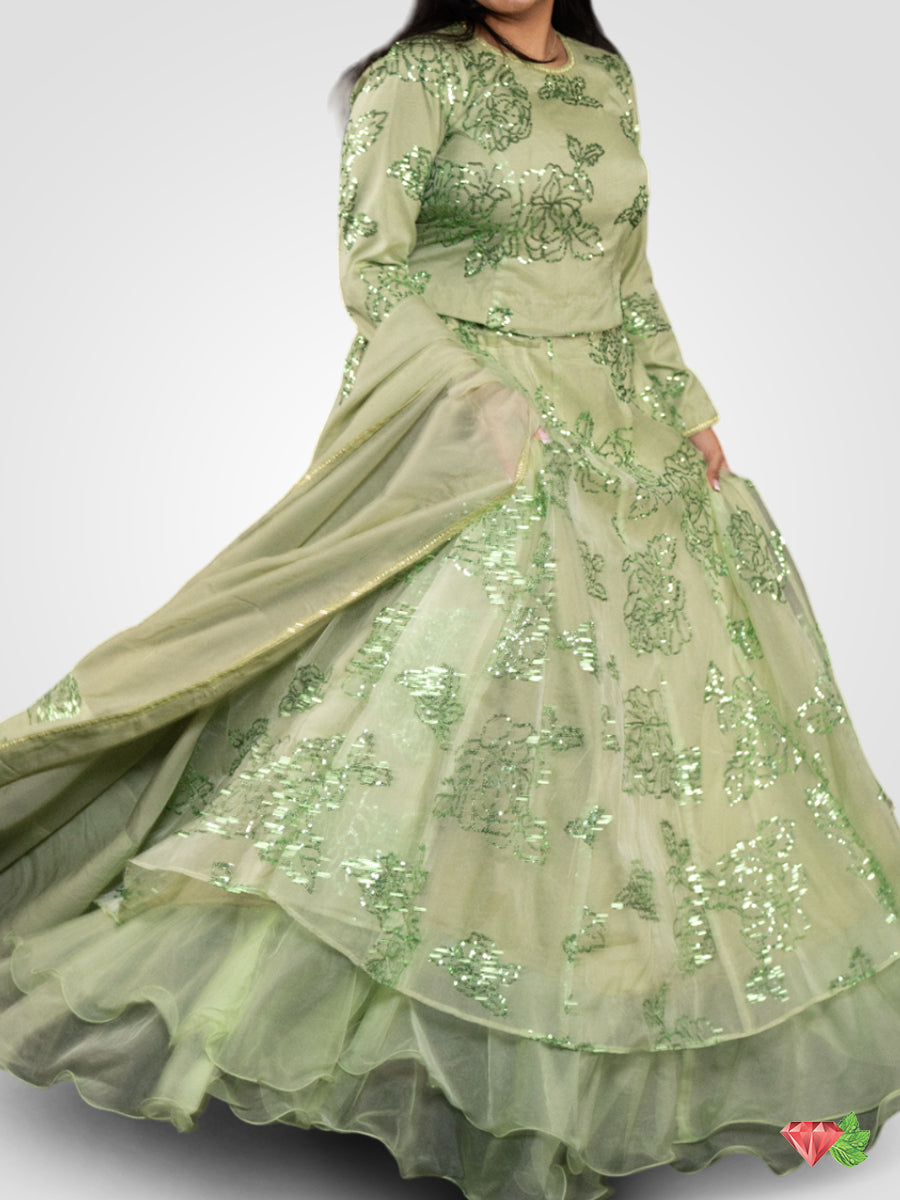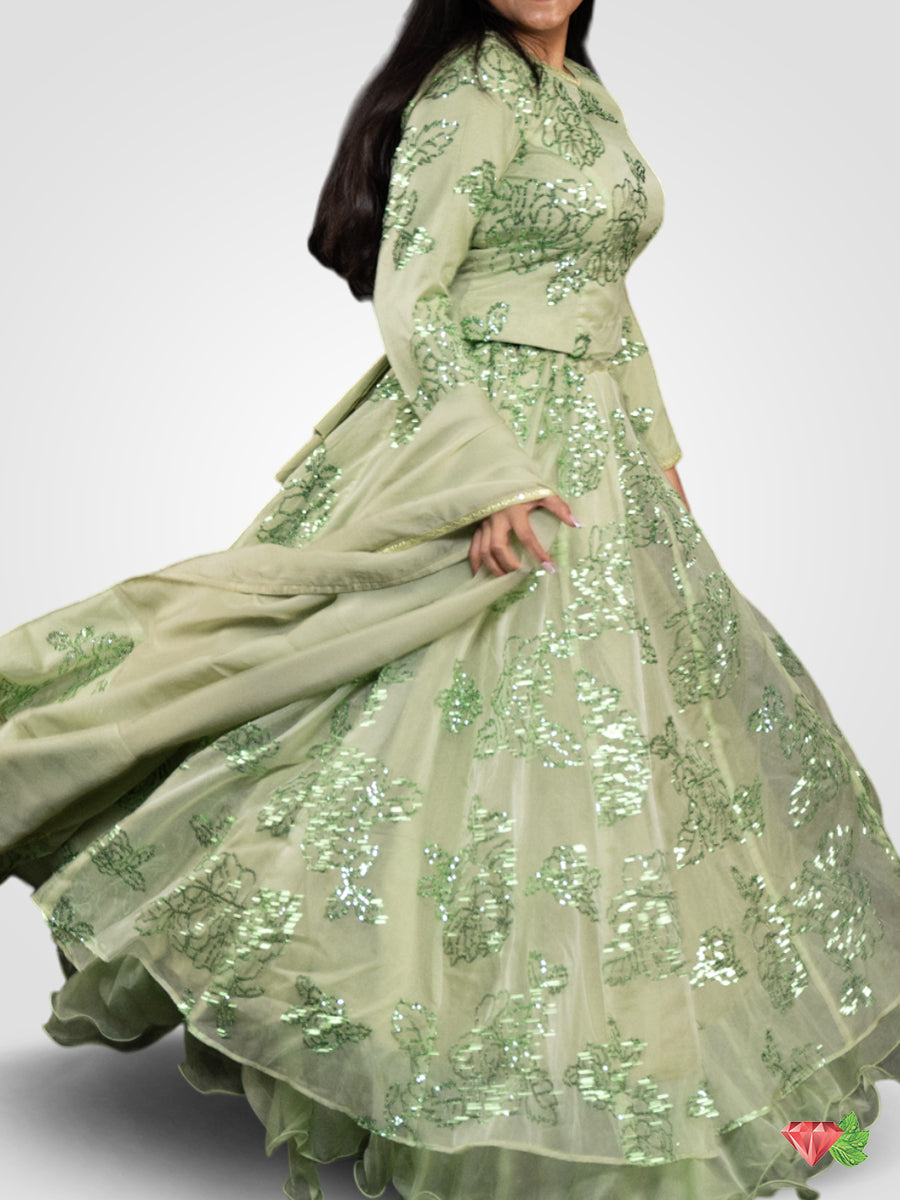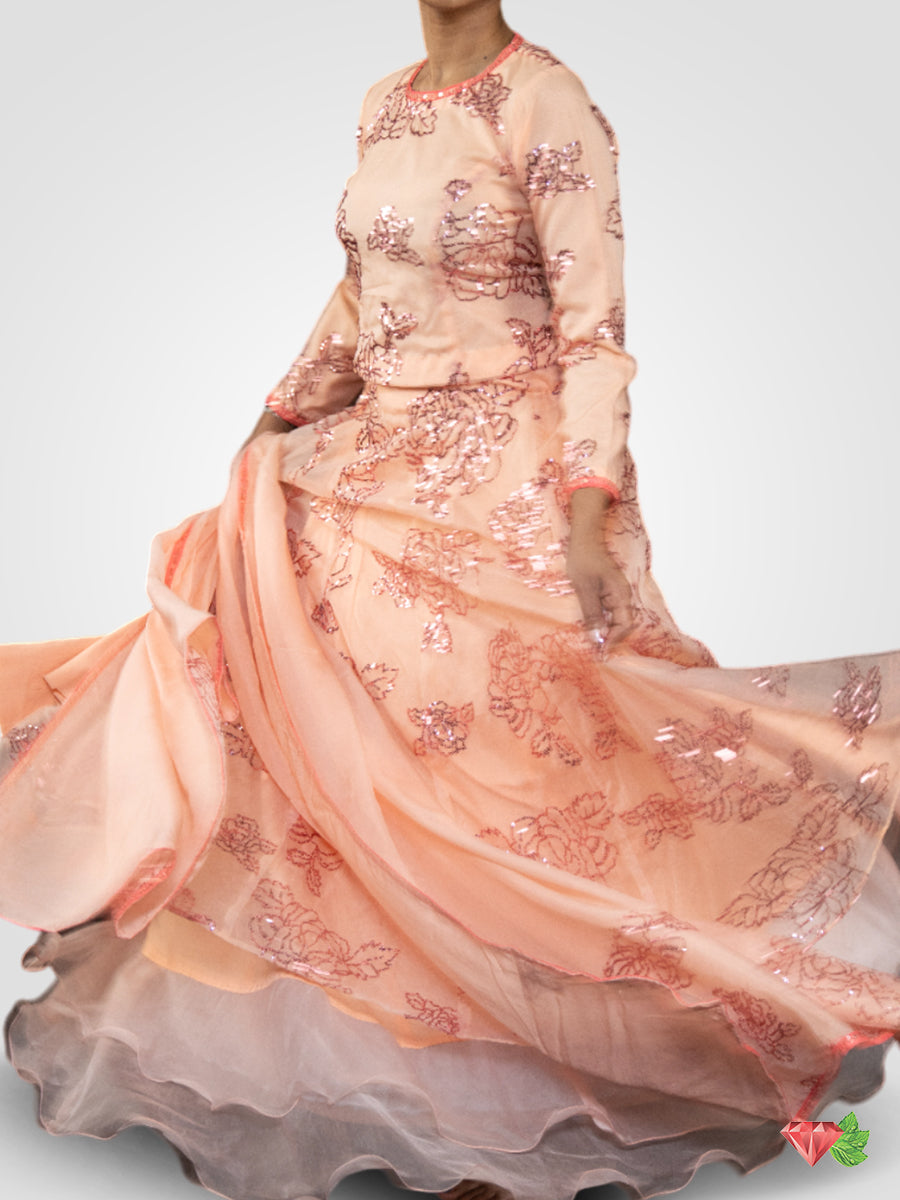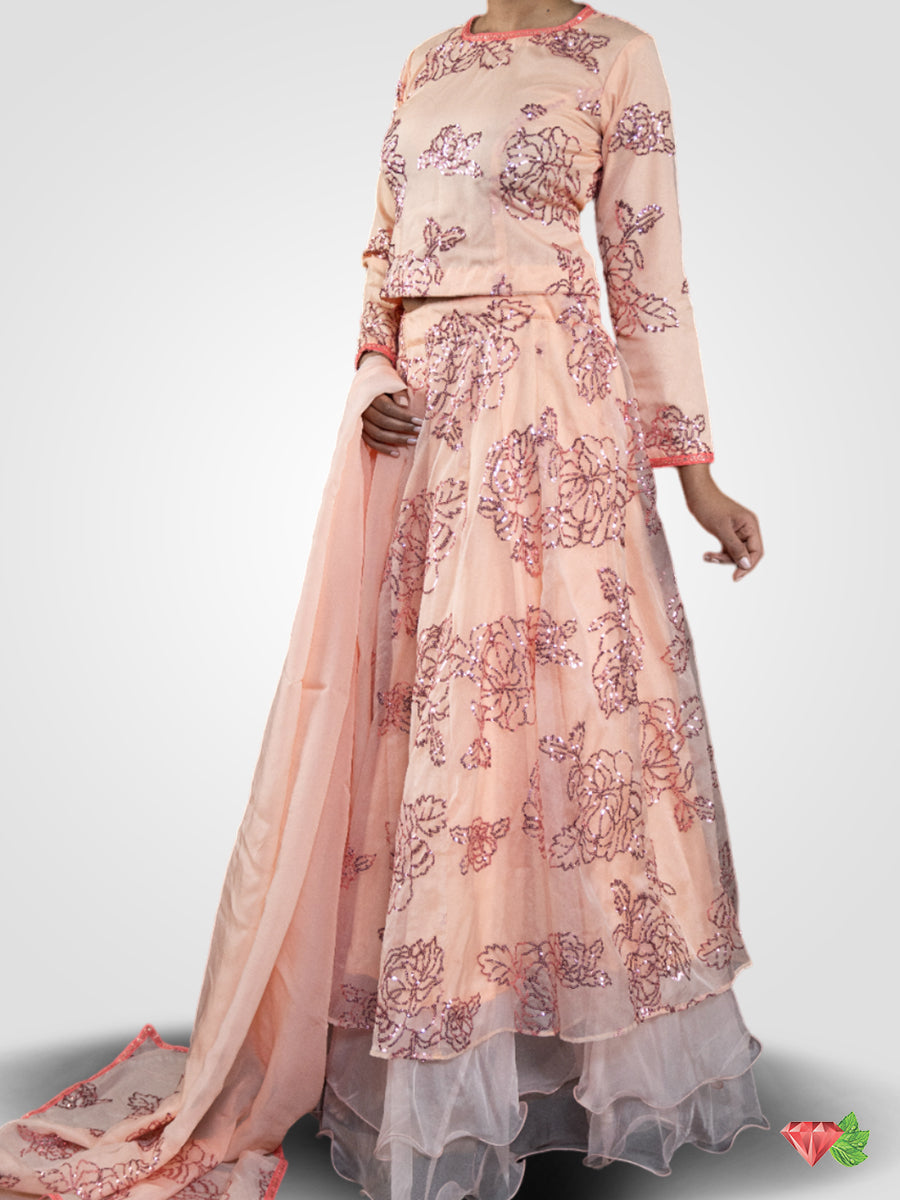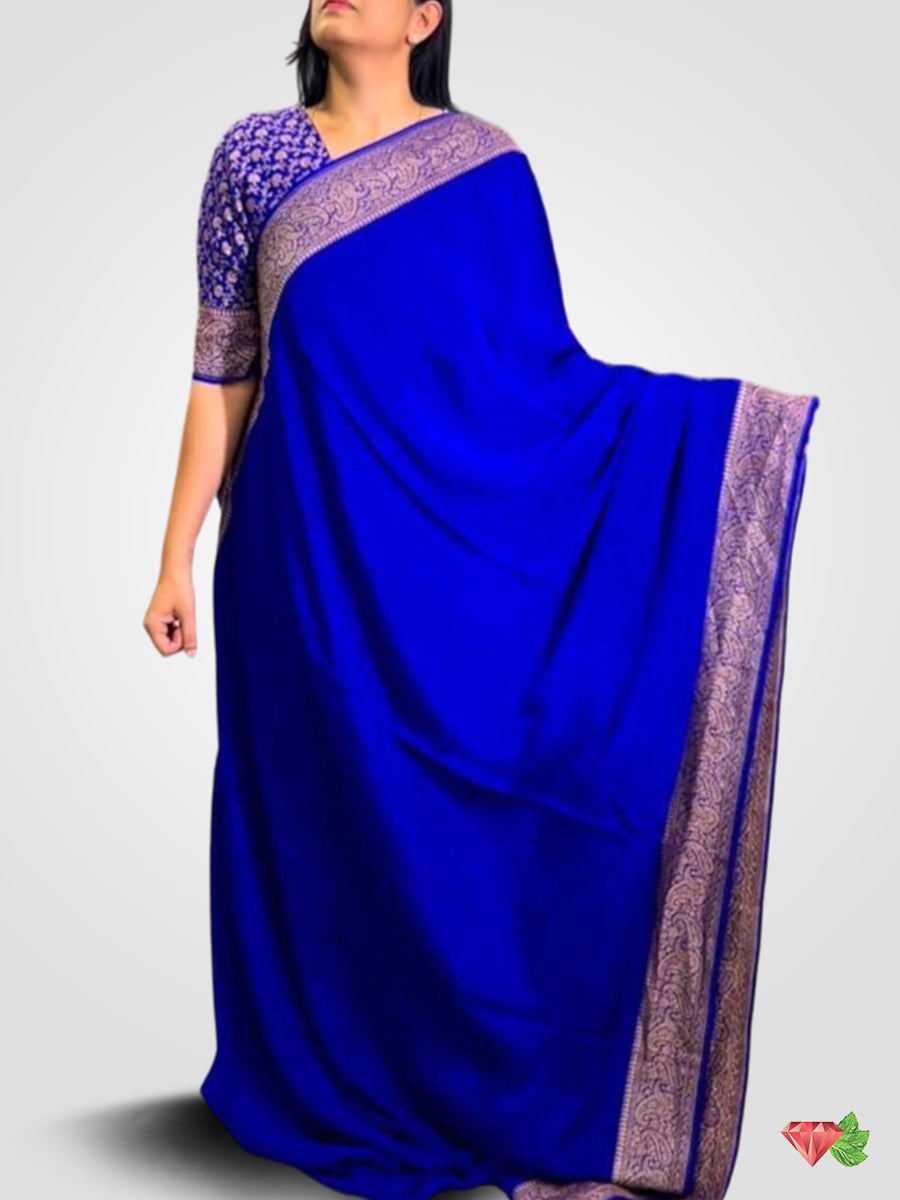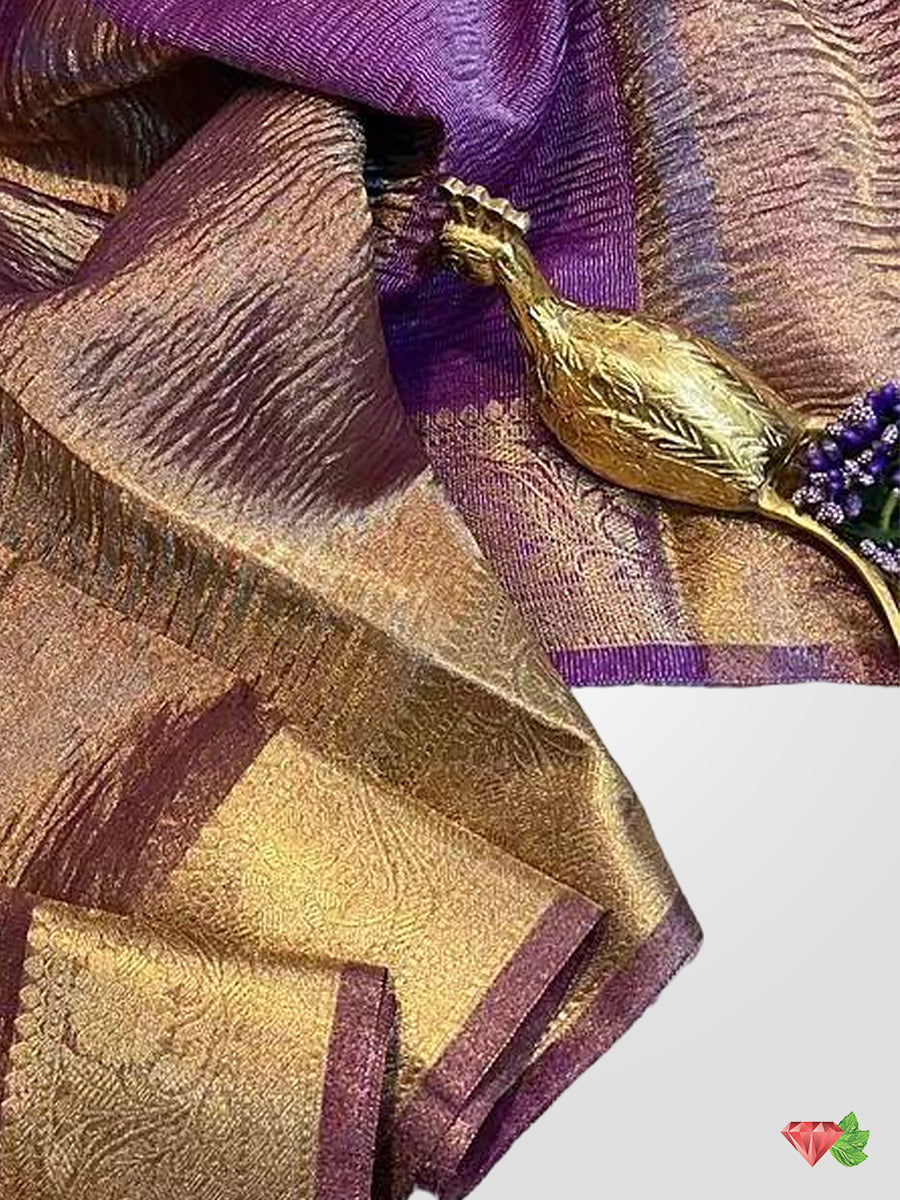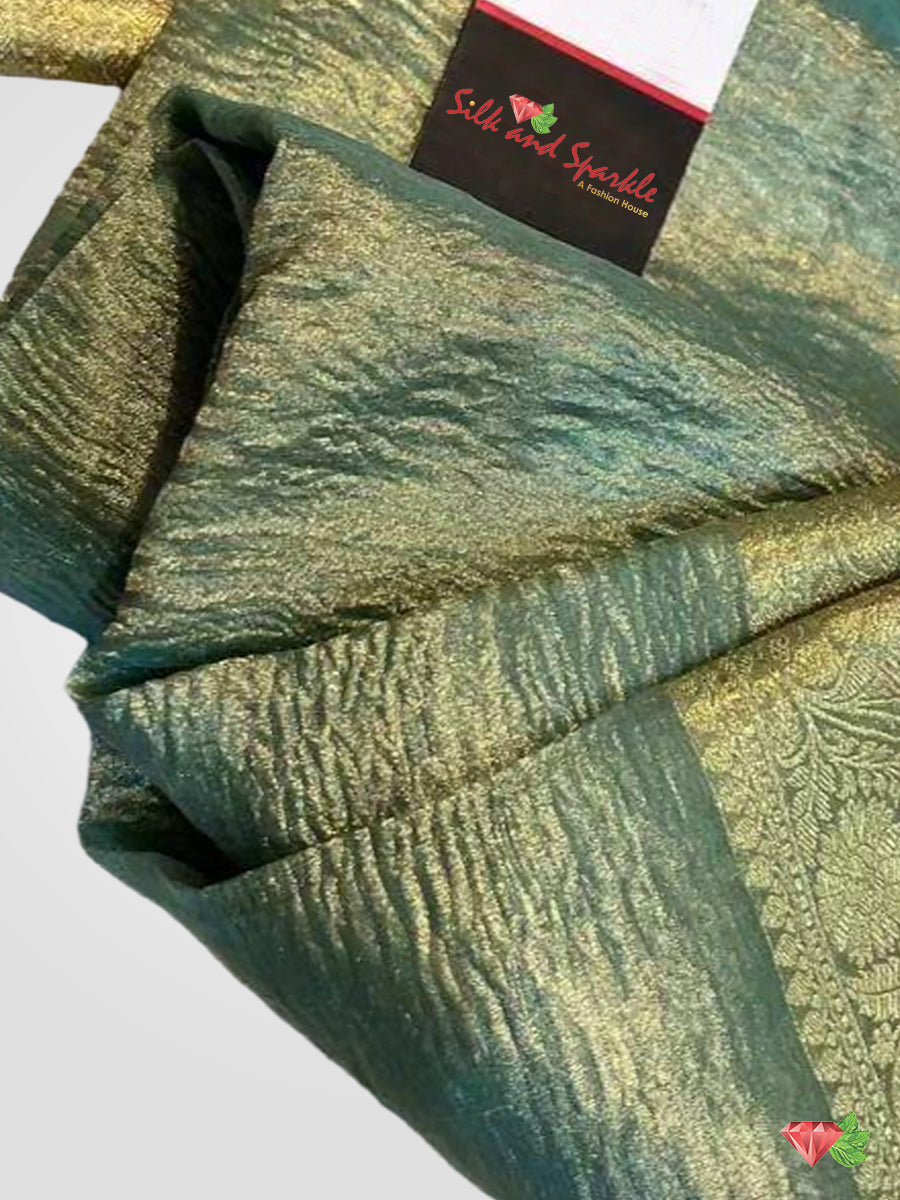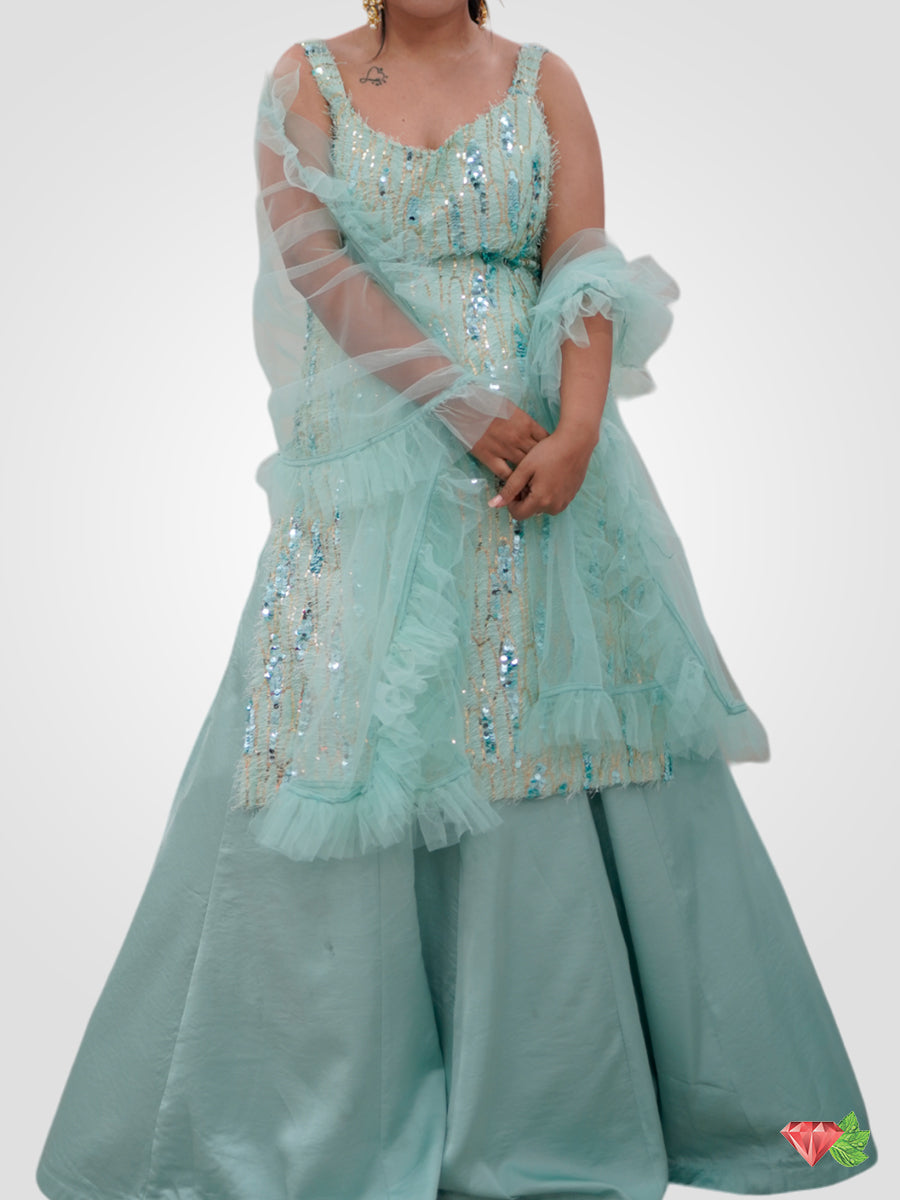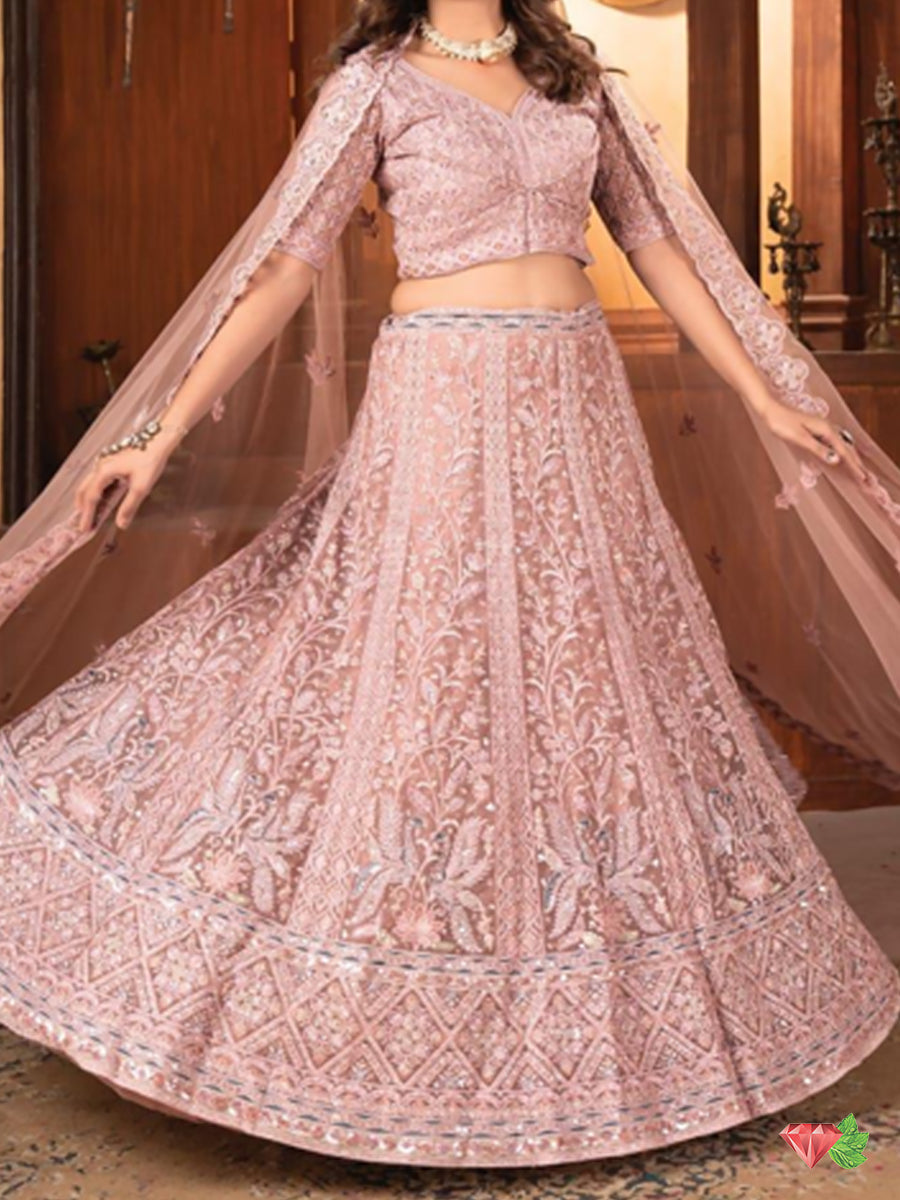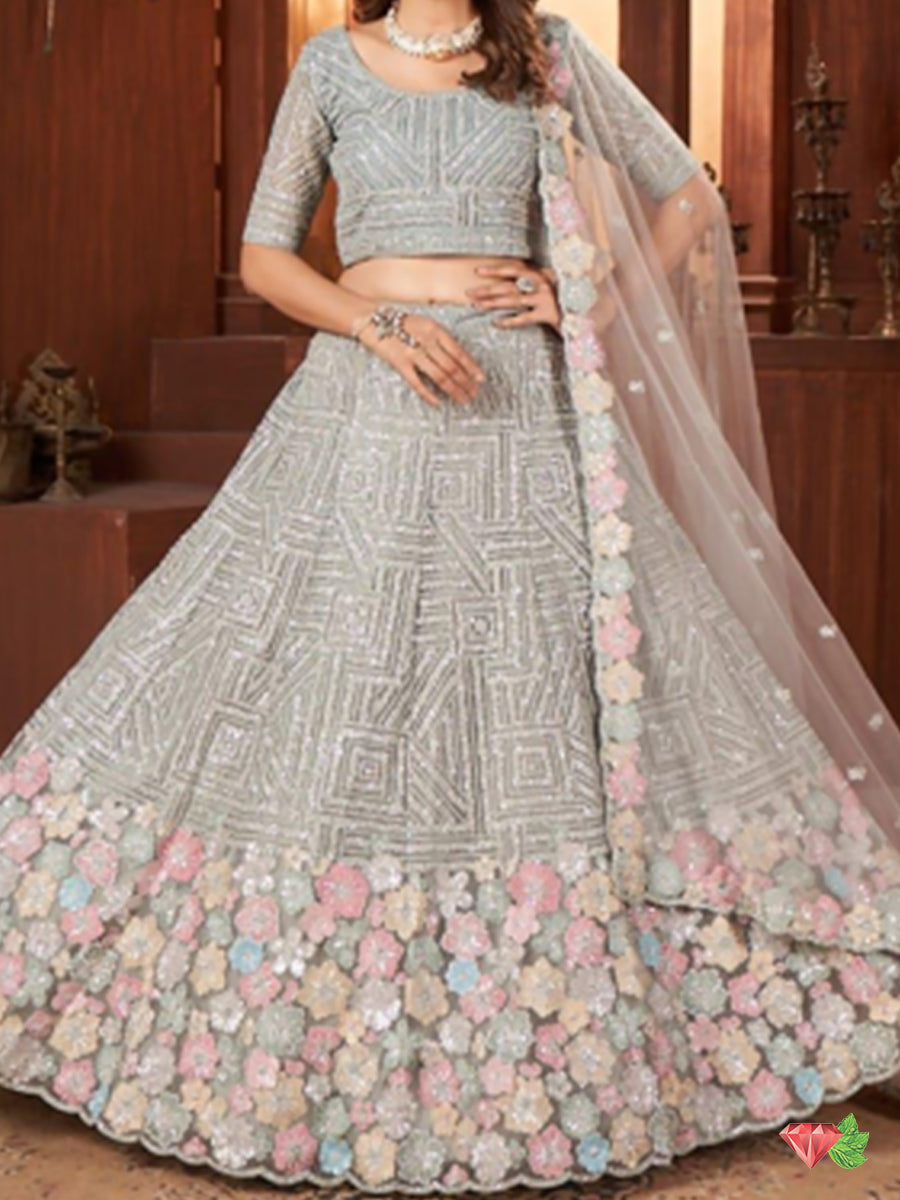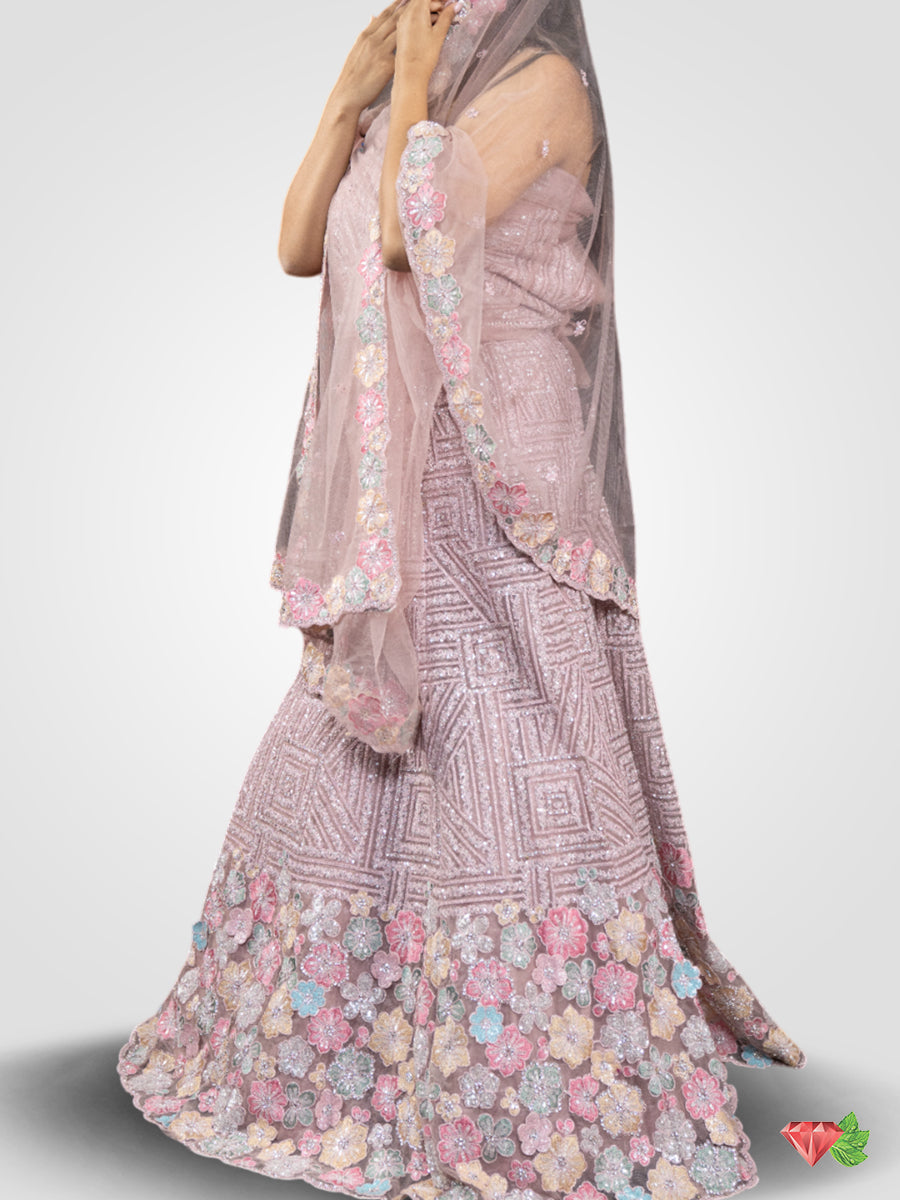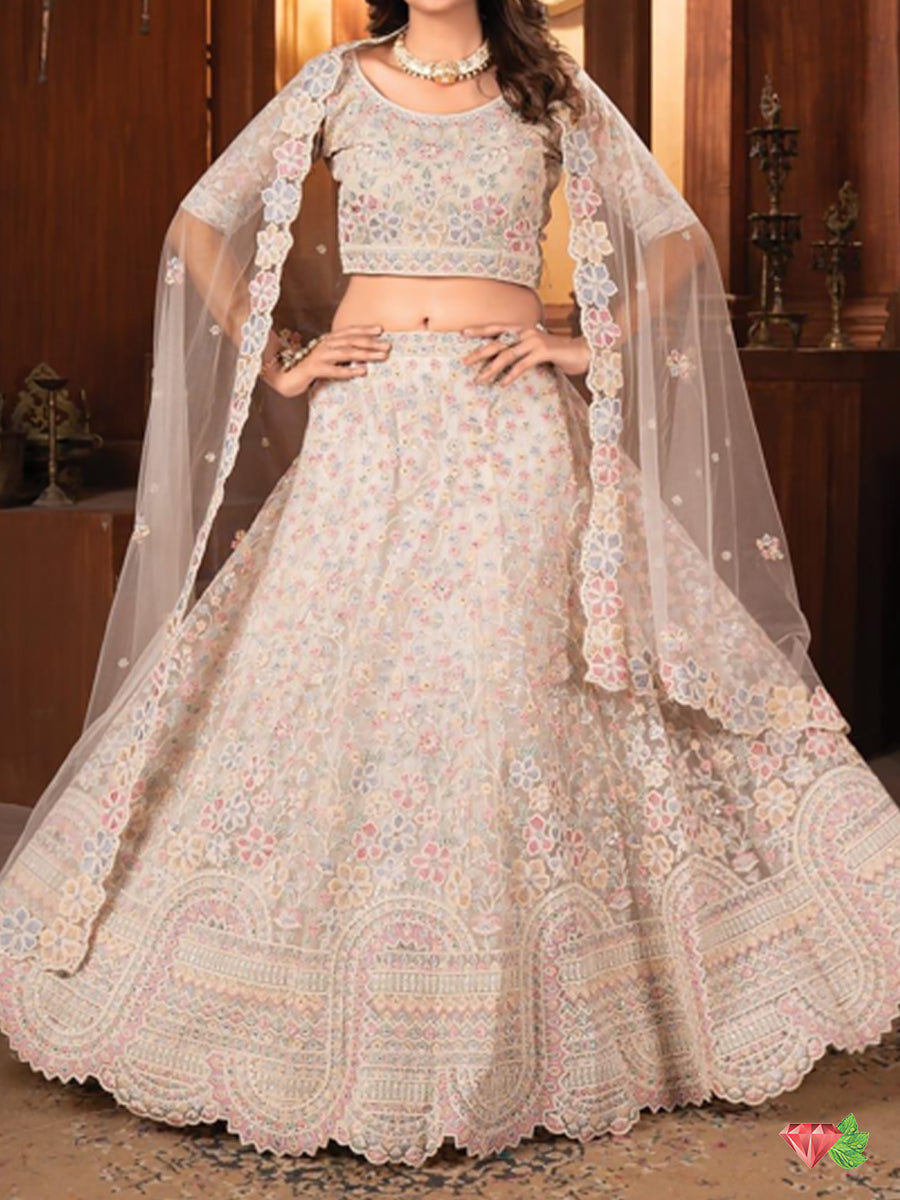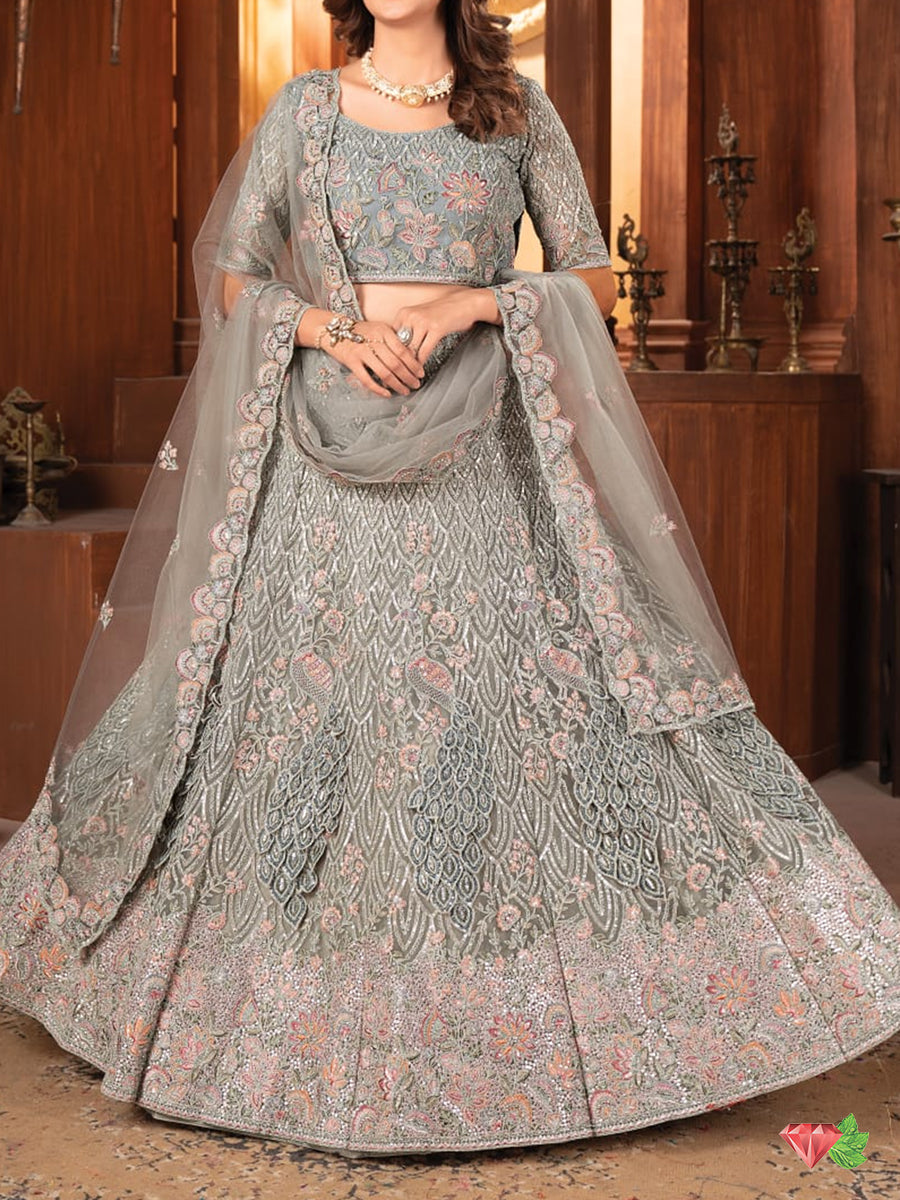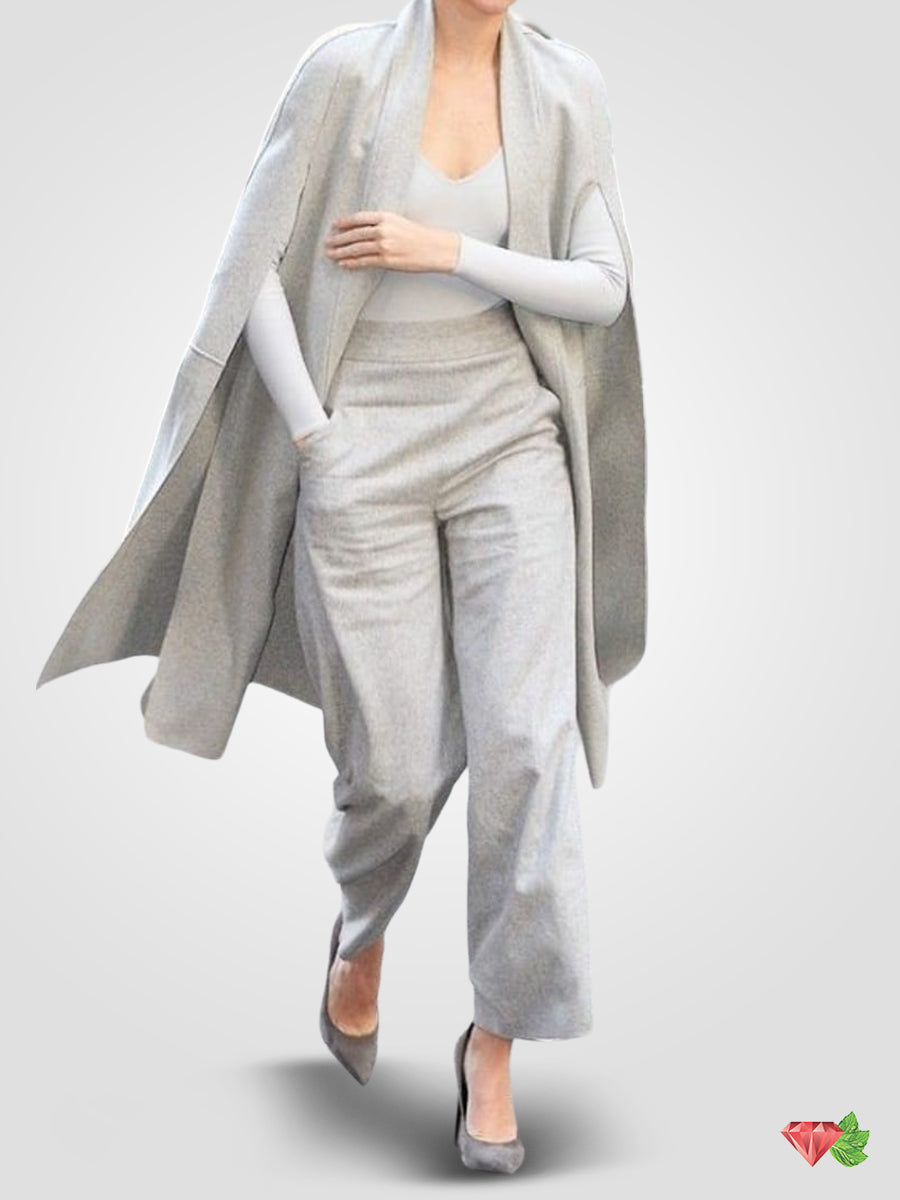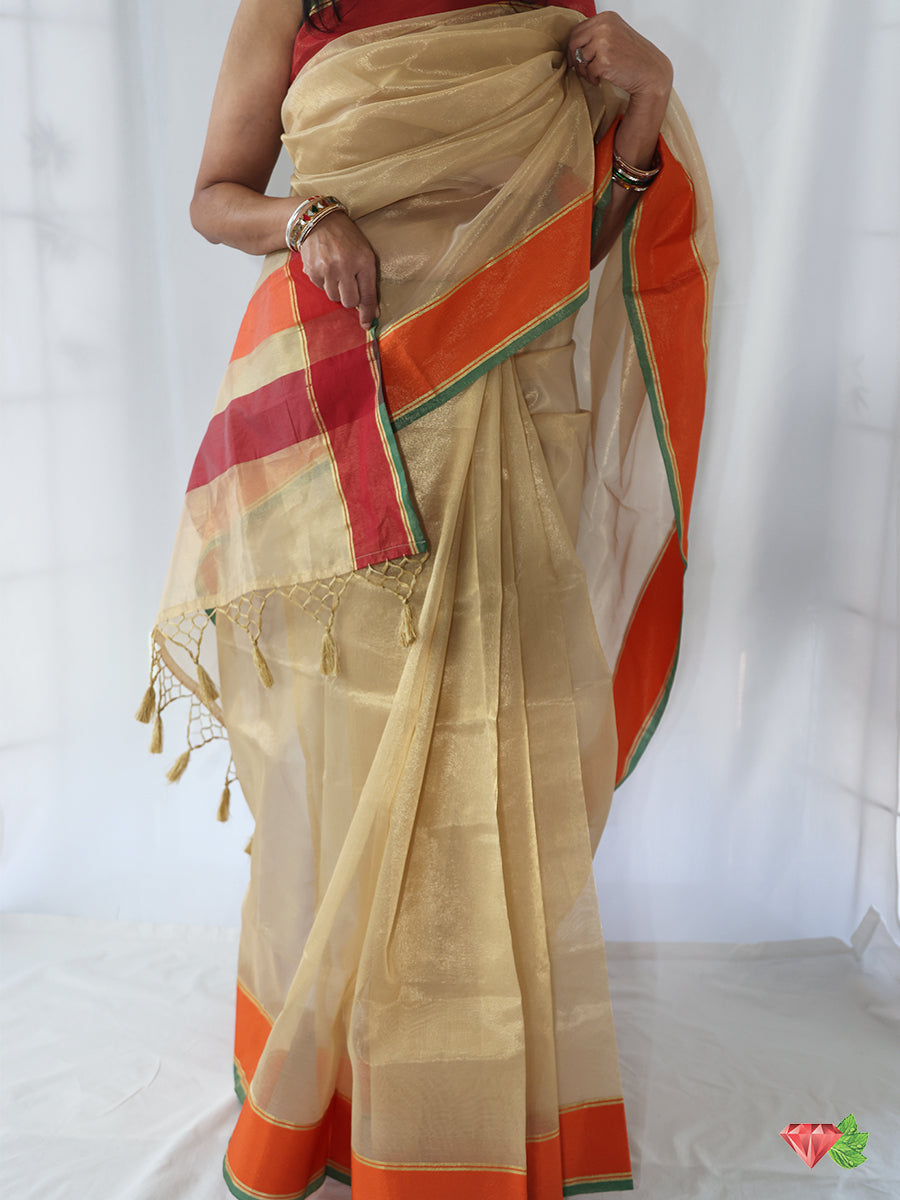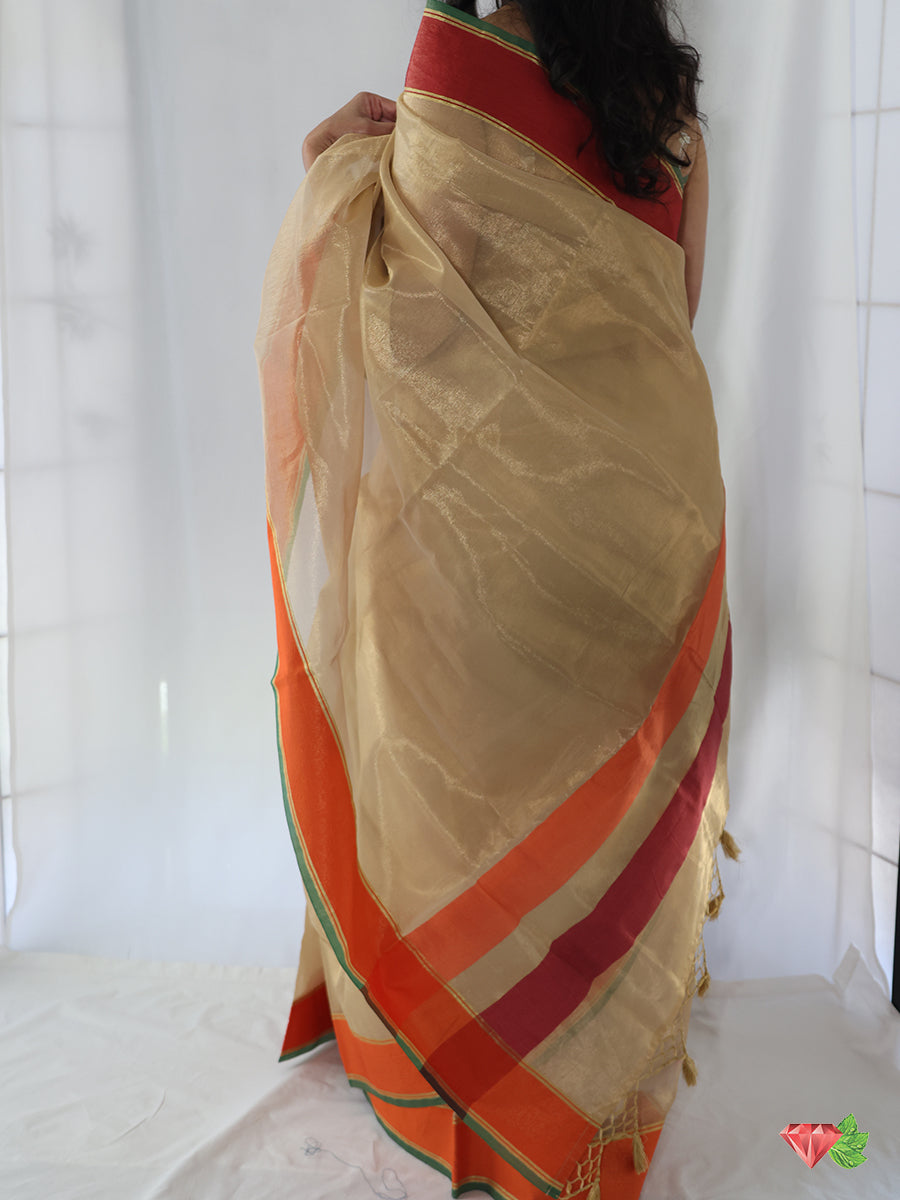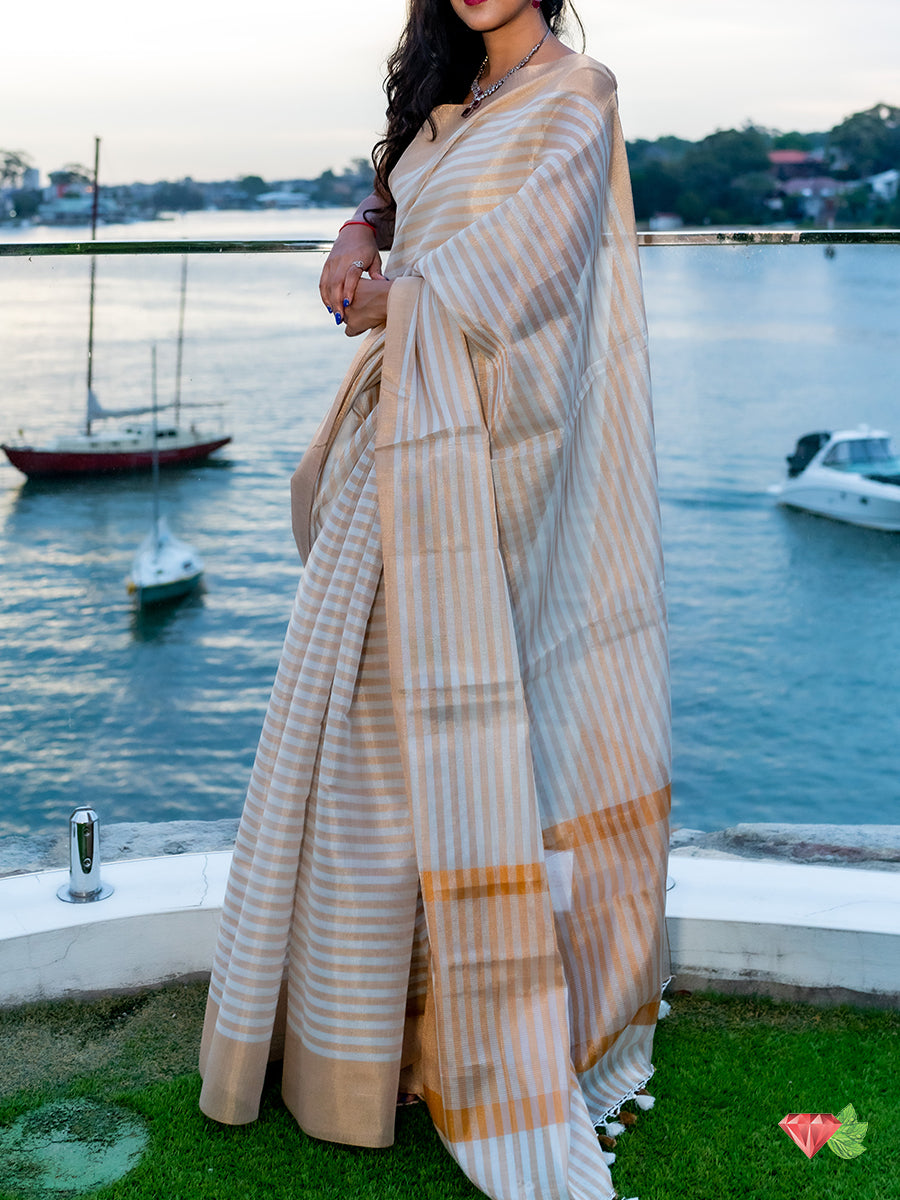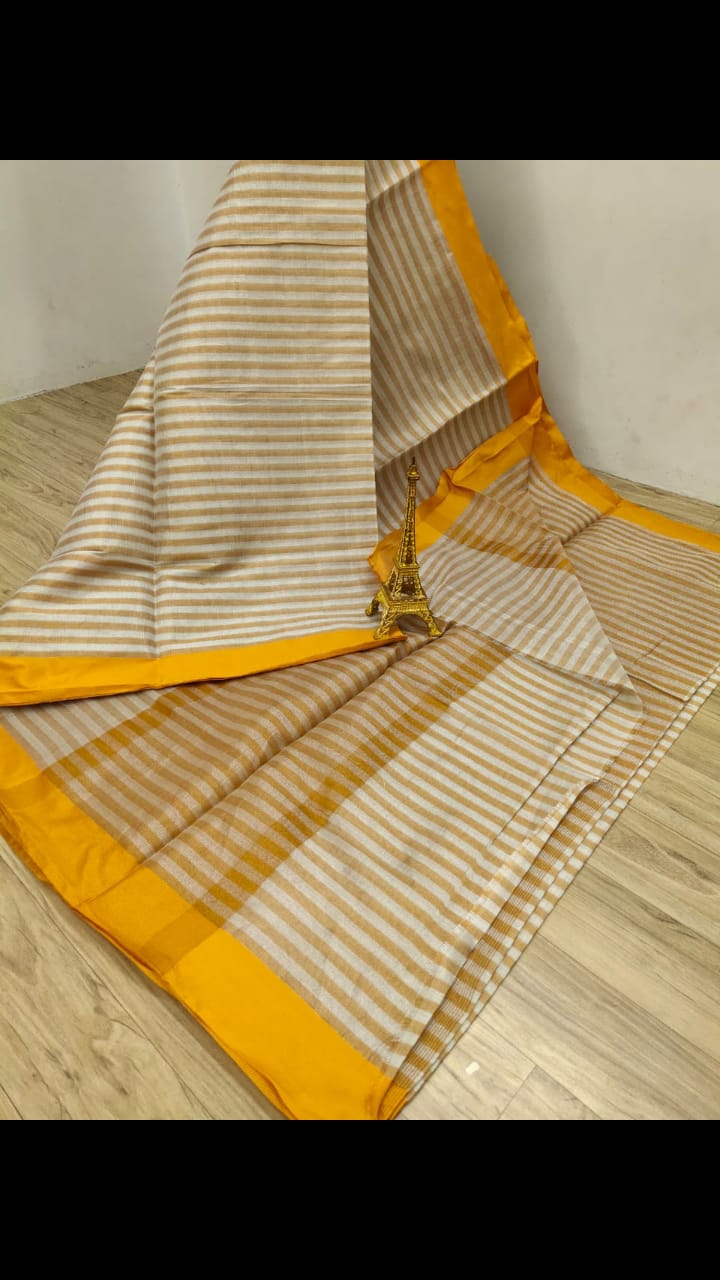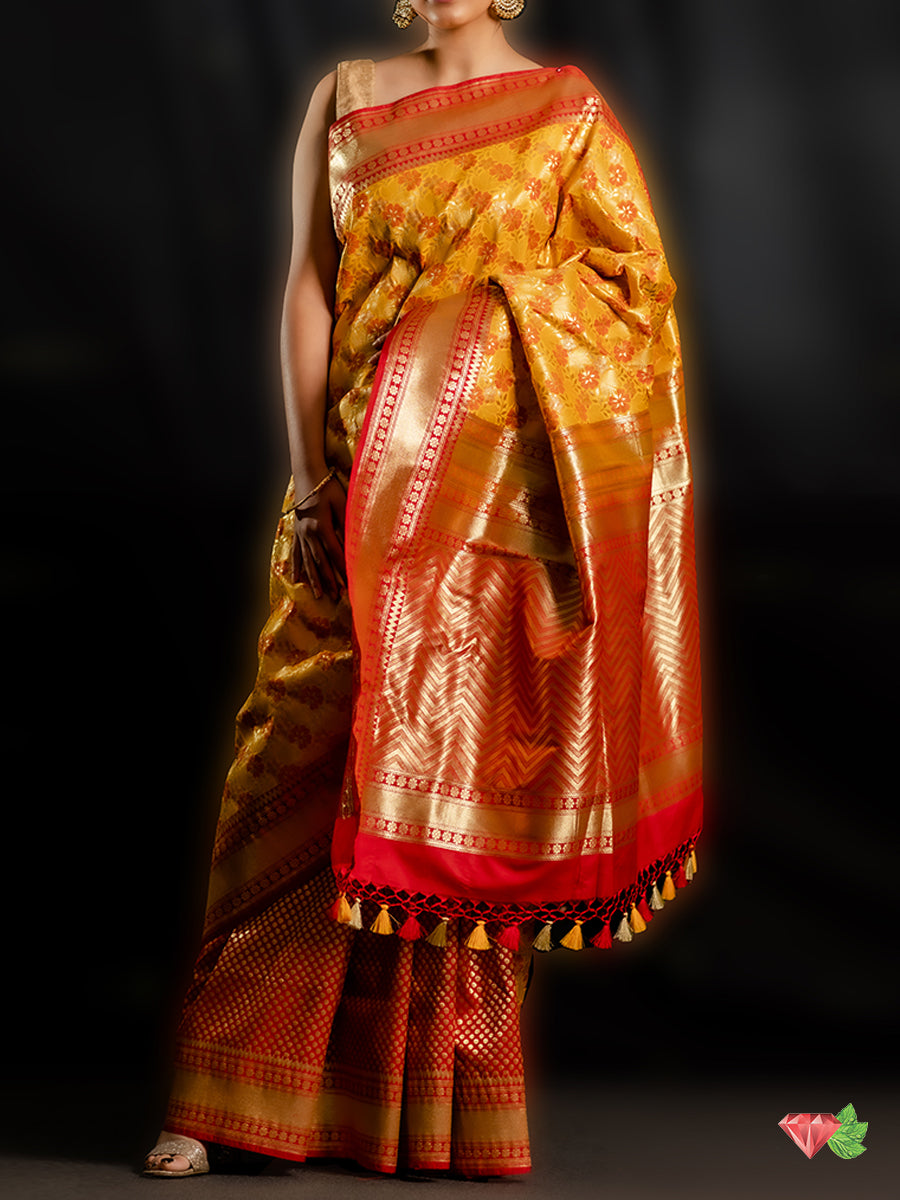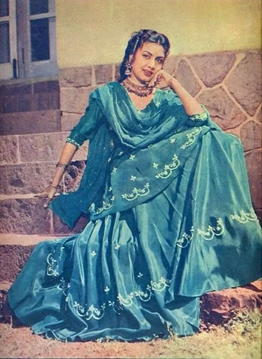
Evolving Styles of Gharara Over the Years

Gharara is one of the most popular outfits known for its intricate details. This traditional ensemble has its origins in the rich tapestry of South Asian culture, particularly certain regions of Pakistani and Indian fashion, which has travelled through time. From the evolving fabrics, silhouette and ornamentation of the 1990s, Gharara and modern-day designs are the epitome of sophistication and elegance.
Initially, Gharara was the symbol of aristocracy as it was particularly found in the Awadi region. It has transcended from the Royal beginning and has become a staple choice for bridal and festive wear. In this blog, we will dive into the details of the transformation of Gharara styles from the early 90s to the modern days. We will trace the adaptation to the contemporary fusion while retaining the traditional essence.
Early 90s:
Gharara, during the early 90s, was most commonly a choice of pride. It was marked as ethnic wear as it was the centre of focus. The period can be characterised by opulent aesthetics. This led to the creation of ghararas, which reflect the grandeur and opulence of Mughal courts. High-quality fabrics, like brocade, silk, and velvet, were used for this purpose, and they are particularly the epitome of royal appearance.
In the 90s, Gharara had skilful craftsmanship with intricate details, featuring hand embroidery like gota work, zardozi and Kundan. This is what makes Gharara not just an outfit but also a work of art. This traditional silhouette with wide-leg pants having flares from the knees is paired with a fitted and short Kurta and a fully embellished dupatta.

2000’s:
As fashion started merging into the 2000s, the traditional ghararas started shedding some of the traditional opulence in order to make it more comfortable and versatile. In this area, it witnessed some of the exclusive fusion with the Western and Eastern designing principles. This led to giving birth of contemporary ghararas, which became one of the most common choices for the entertainment industries and for ethnic parties.
The voluminous silhouette that the traditional ghararas had was again re-imagined in a sleeker profile that incorporated lighter fabrics like georgette, chiffon and also net. Embellishment was still there but with a lesser density as it focused on strategic placement of adornment instead of making it fully adorned with jewels and work. This era also experienced an expanded colour palette which was beyond the golds and reds as it included vibrant neons and softer pastors. It was a reflection of the global influence on the South Asian fashion.


2010s:
In 2010, there was a shift towards a minimalistic look in gharara fashion. The bold colours and over-embellishment throughout the outfits of the past gave way as this era marks the commencement of quality fabrics and fine craftsmanship. This was when it started being available in different varieties as the designers started experimenting with different styles and lengths of Kurta, from flowy anarkalis to long and mid-length Kurtas.
Traditional knee ruffles had started getting redefined during this era as it was the time when there was subtle flair without providing overwhelming volume. The period also marked the rise of fusion ghararas when traditional pants started getting paired up with modern tops like crop tops and peplum blouses to cater to contemporary women who valued modernity and heritage.


Modern Ghararas:
After the late 2010s, it was the onset of adventurous spirit in the gharara design. The boundaries were pushed, and different styles were being reinvented. The traditional ghararas started getting deconstructed and reassembled in several forms, from avant-garde tops to asymmetrical Kurtas. Designers started experimenting with quite a diverse range of fabrics to make it a fusion of modern sophistication and traditional royalty.
Some of the most common fabrics included organza and chiffon by incorporating some of the most contemporary elements like 3-D embroideries, digital prints and eco-friendly materials. These can be defined by the inclusivity and personalisation of ghararas to adapt to diverse bodies, types, occasions, and personal styles. No more ghararas were just restricted to being bridal or festival wear as it started taking its entry to casual gatherings and meet up.



Bottom Line:
The journey of Gharara from traditional Mughal courts to being a global fashion that has been embraced by every stylish woman has become a timeless adaptability and appeal. Every era has contributed to making an evolution in increasing the versatility and styles of gharara by infusing contemporary trends and preserving its rich heritage. As it is a canvas of innovation, it requires exclusive craftsmanship to be able to recreate this style.


